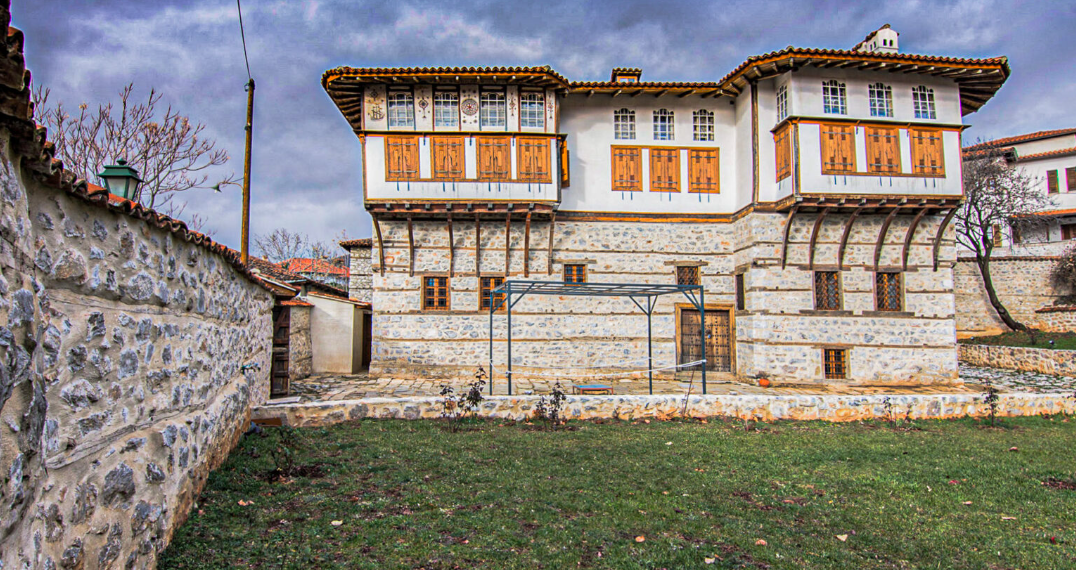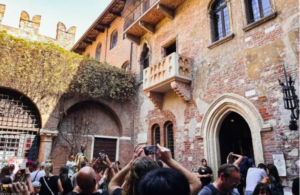One of the most famous mansions in Western Macedonia, known for its unique frescoes and original decoration.
Upon hearing the name Siatista, the first thing that comes to mind is a small town nestled in the mountains of Macedonia, rich in history with more than a hundred scattered mansions. Some are accessible to visitors, while others lie in ruins, yet they all embody family stories, wealth, and the bygone grandeur of another era. Among this “oasis of mansions,” the most widely recognized is the Pulko Mansion.
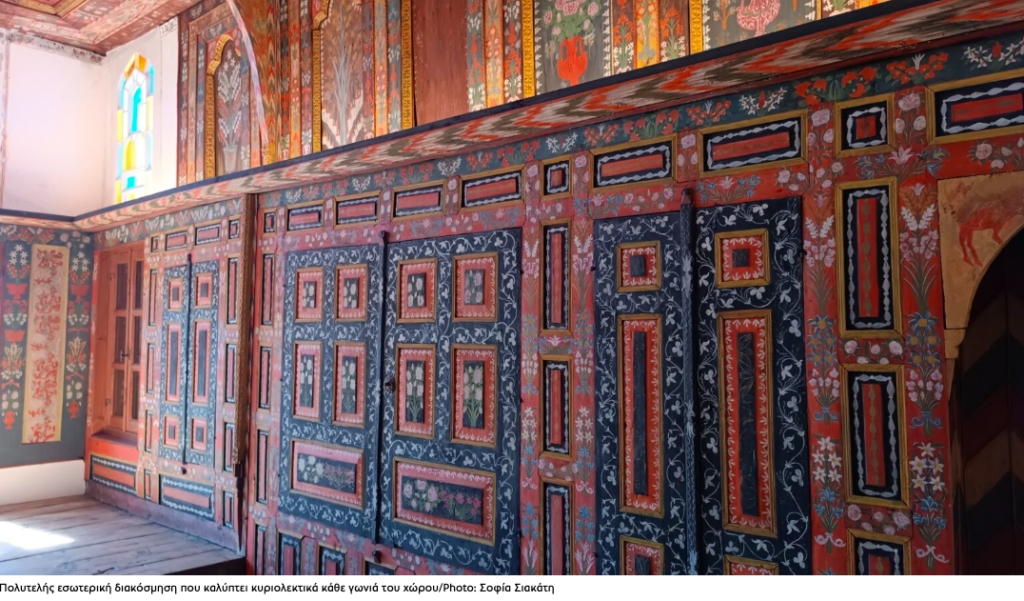
Turning into a narrow alley in the Geraneia district of Siatista, the whitewashed stone mansion with dark wooden overhangs and small windows immediately catches the eye. A glance at the tall, imposing mansion evokes the bittersweet sense of a forgotten grandeur from a different time. Standing at the gate of the stone wall, one might wonder about the mysterious woman Pulko, for whom such a grand mansion was built.
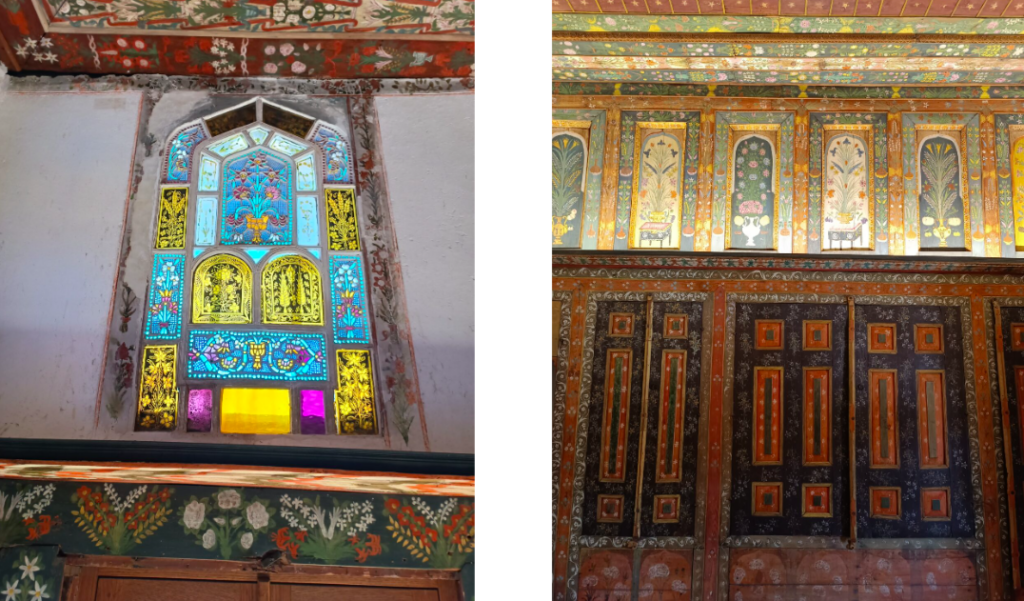
In reality, the famous mansion was not built for the mysterious Pulko but became her property nearly two centuries after its foundation. The mansion’s story begins almost 300 years ago when Theodoros Emmanouilidis, a wandering Greek merchant of the Ottoman Empire from Siatista, decided to build a grand mansion in his hometown.
According to the stone plaque next to the mansion’s main entrance, the house was founded in 1752 and was intended as the primary residence of Emmanouilidis, who had gained administrative responsibilities in the area. Carefully planning every detail, Emmanouilidis invited the most famous craftsmen to decorate the interior of this large residence.
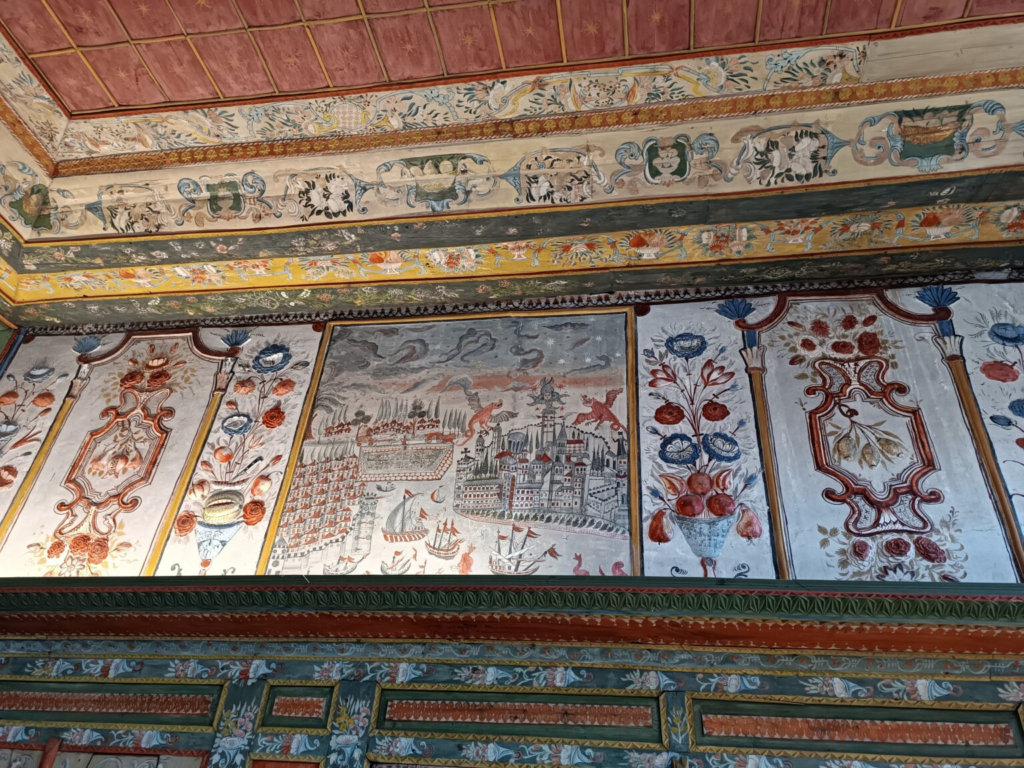
The result was a luxurious two-story mansion featuring overhangs, fireplaces, auxiliary rooms, a massive wine cellar, and spiral staircases leading to spacious chambers.
The mansion’s most impressive feature is its opulent interior decor, which covers every corner. As a wealthy merchant, Emmanouilidis commissioned painted stained-glass windows, ornate wooden ceilings, city frescoes, carved wooden wardrobes, and elaborate doors for his large chambers. The refined decoration makes one wonder how the mansion would have looked with colorful carpets, Macedonian pies, and warm tea.

A cosmopolitan 18th-century merchant, Emmanouilidis sought to display his vast wealth and preserve memories from his travels. Since photography was unknown at the time, he hired skilled painters to create frescoes of cities and rare stained glass, filling his chambers with images of his experiences.
Among the many artistic details, Pulko Mansion is famous for its rare fresco of Constantinople, inspired by a copper engraving from the Vatopedi Monastery, featuring pastel colors, fine black lines, and mythical dragons. Byzantine eagles, floral motifs, and garlands also adorn many well-preserved frescoes throughout the mansion. In addition to the frescoes, the vividly colored stained glass allows minimal light to enter the space, creating a sense of warmth amidst a vibrant explosion of color. Flowers, Byzantine eagles, and other symbols fill the stained glass that is carefully placed on the walls.
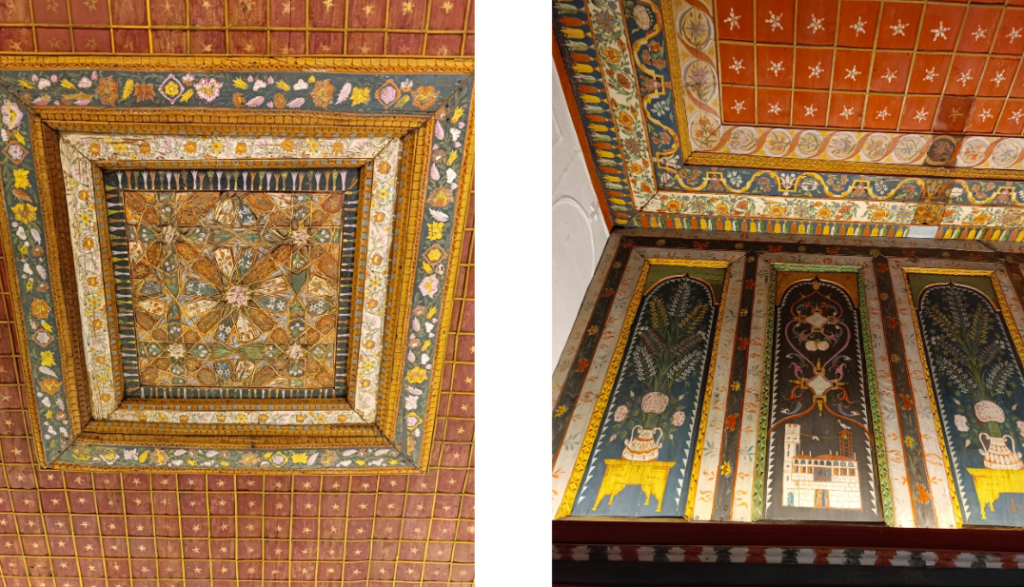
Although the mansion’s luxury surpassed the standards of its time, Emmanouilidis never got to enjoy it, as he died before inaugurating the home he had meticulously designed.
The mansion soon changed hands, with Lazaros Pulkidis, a prominent tobacco merchant in Vienna, purchasing it to gift to his daughter. Over the next two centuries, the mansion passed through generations until 1910, when the famous Pulko—a descendant of the Pulkidis family—inherited it. For reasons unknown, she gave her name to the mansion, which remains known today as the Pulko Mansion.
The mansion was continuously inhabited by the owners’ descendants until 1965 when the Greek state expropriated most of Siatista’s mansions to protect them from destruction. Although expropriated, restoration was slow, and it wasn’t until 2017 that the mansion became open to the public.
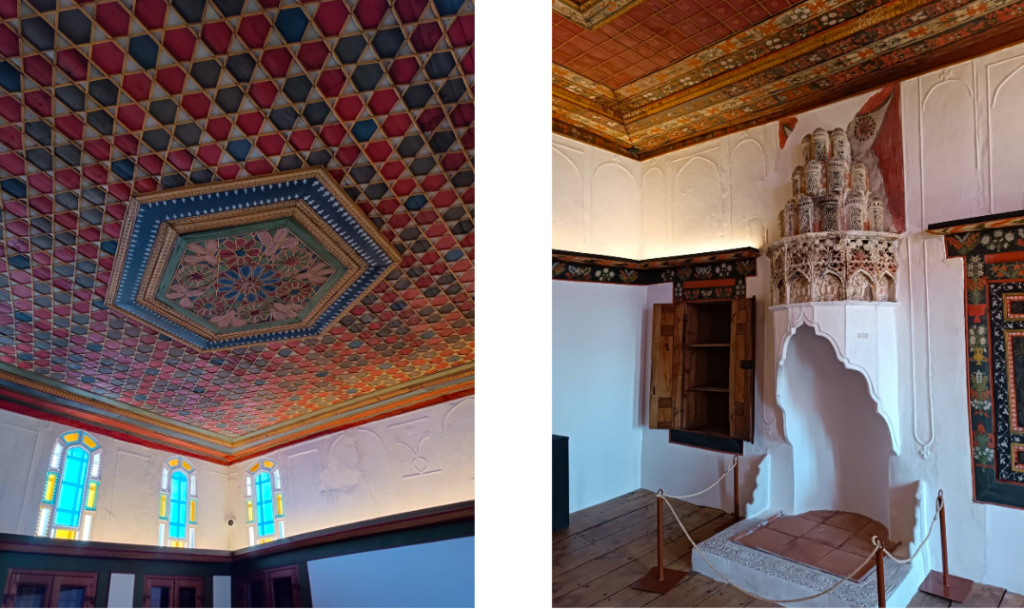
Before restoration, the mansion was in poor condition, with faded frescoes and dilapidated woodwork. However, after extensive restoration efforts, it now hosts cultural events and offers a nostalgic glimpse into a bygone era, allowing visitors to explore its grand history daily.
Ask me anything
Explore related questions
